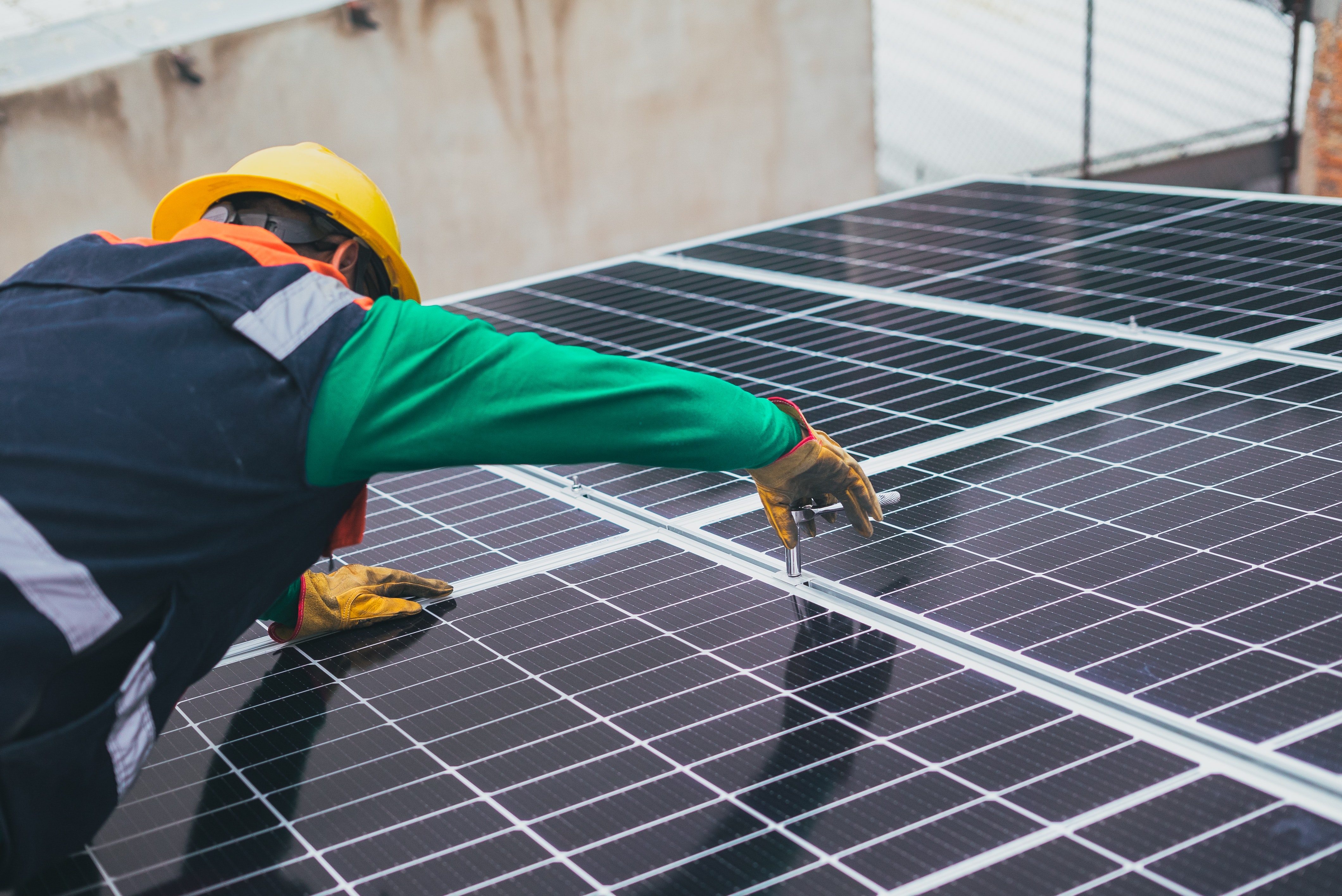The federation of environmental organisations (Opok) on Tuesday expressed its opposition to the construction and operation of a photovoltaic (PV) park in the area of Lythrodondas, Kataliondas and Mathiatis.
“Biodiverse, forested and fertile land areas adjacent to Natura 2000 sites are unsuitable for PV park installations,” Opok stated.
Local authorities, the hunter’s federation and the communities involved have all voiced objections to the proposed 180MW project, which would cut across roads and require the felling of established pine trees.
Opok has submitted a memorandum outlining its concerns and has sent letters to relevant authorities, ministries and the parliamentary environment committee.
According to Opok, the area proposed for the project contains five distinct habitats. The Environmental Impact Assessment (EIA) indicates that the project would involve cutting down 1,400 pine and other trees, adversely affecting birdlife and over 50 other species, eight of which are protected.
The southern border of the proposed development would abut a Natura 2000 area along the Gialia River, which hosts ten different ecosystems and various species of flora, reptiles, birds and bats.
Moreover, three other similar projects are proposed in the region: one 800 metres away, another 1.5 km away, and a third 2.5 km away. The environment department has not objected to any of these projects, and one has already been granted a permit, the environmentalist groups noted.
Opok argued that this situation highlights the chaotic state of land use regulation on the island.
“The proposed PV park would be built on 22 plots, most of which are state land. The development would cover 3.4 square kilometres, with installations taking up 2.5 square kilometres of this area,” Opok explained.
“In amongst livestock and agricultural areas with wheat, vegetables and almond trees,” the PV park is proposed, at a distance between 700m and 3km from the surrounding communities.”
Opok also noted that Turkish Cypriot lands given over for cultivation and unzoned lands are part of the area affected by the proposal.
The situation underscores the need for a radical transformation of the island’s land use, planning, and urban development models to align with sustainable development and environmental protection principles, Opok argued.
“There is an urgent need to develop a comprehensive zoning policy to regulate and control development, establish a framework for land use, and delineate areas for the protection and preservation of the country’s natural and cultural heritage,” the group said.
Opok concluded that strict criteria should be imposed on PV park developments, considering all the consequences and impacts of their creation.
Environmentalist groups have long sounded the alarm over the seemingly uncontrolled appropriation of large tracts of land for PV parks. Several communities have objected in the past and experiments with agrivoltaics installations – intended to protect the island’s agricultural capacity – were never pursued with any genuine zeal.
Ease of construction and operation leads PV park investors to target flat land with road access near transmission lines, which is one reason why agriculturally zoned land near communities, which is generally cheaper, is so highly coveted by green energy developers.







Click here to change your cookie preferences